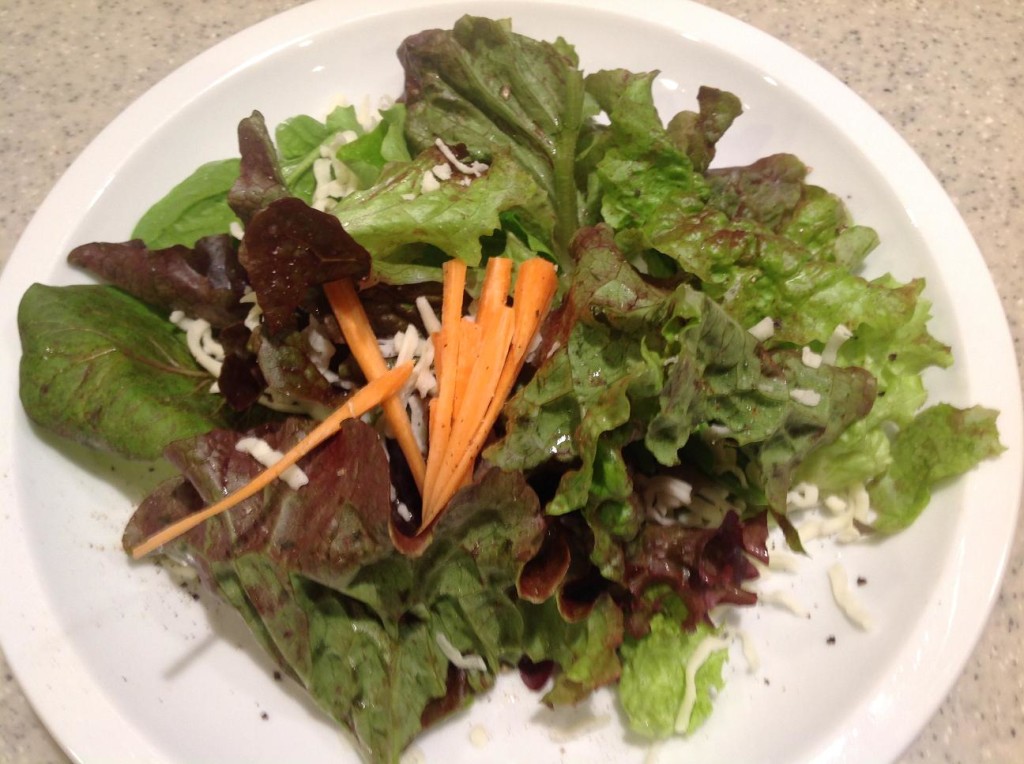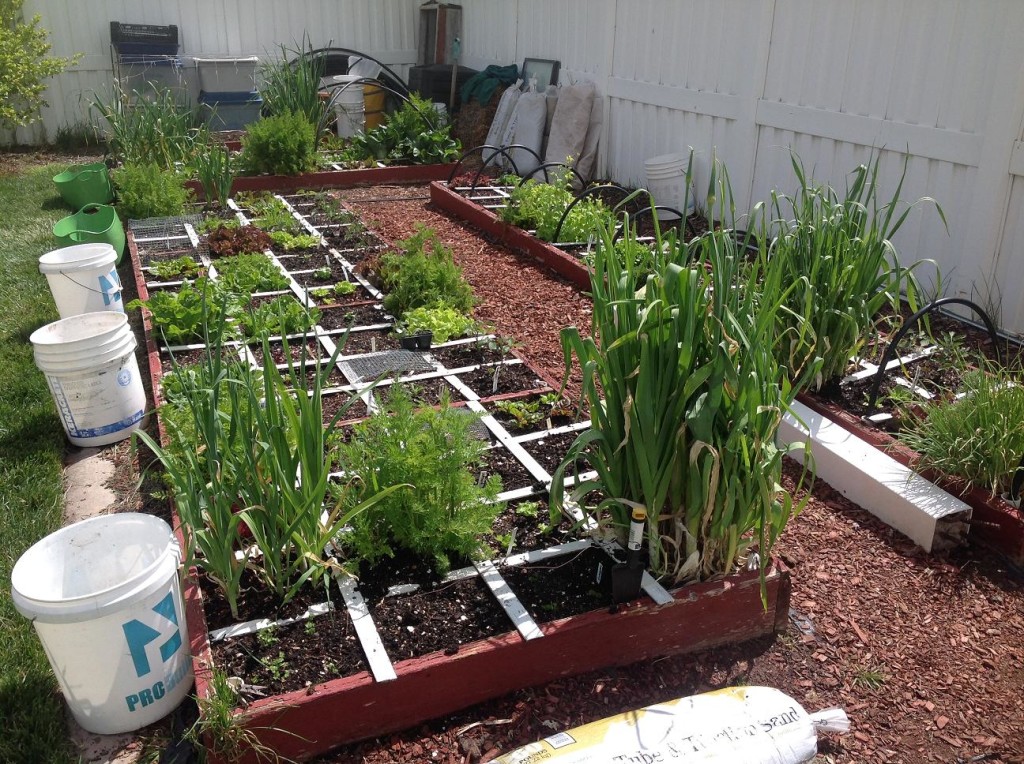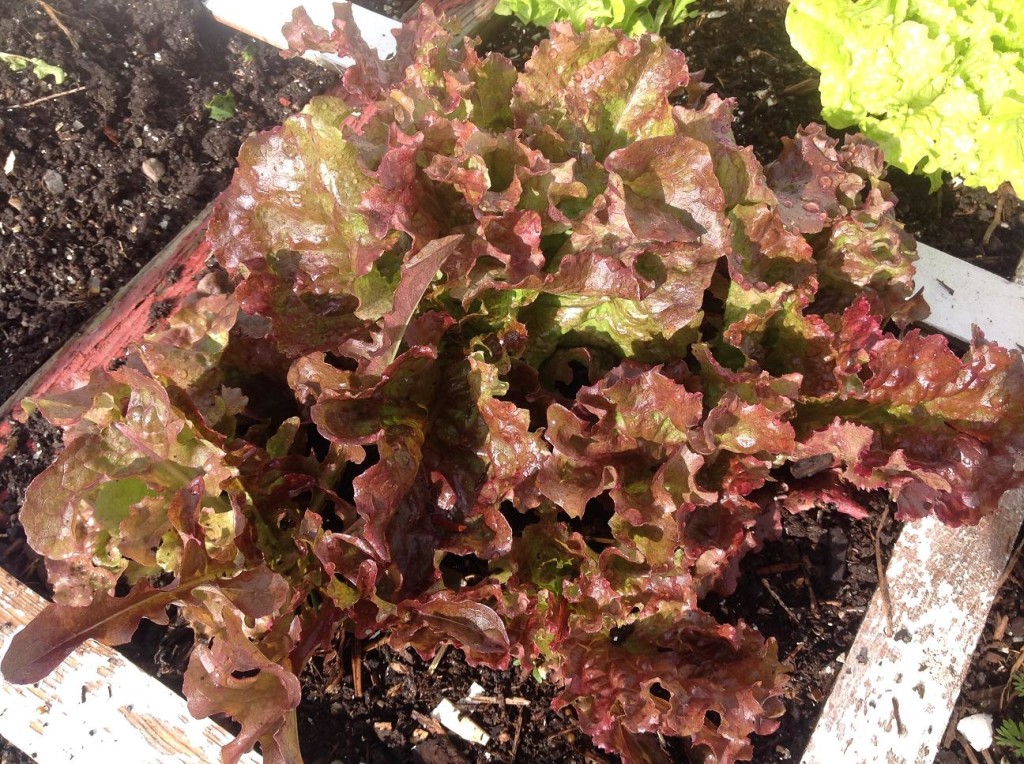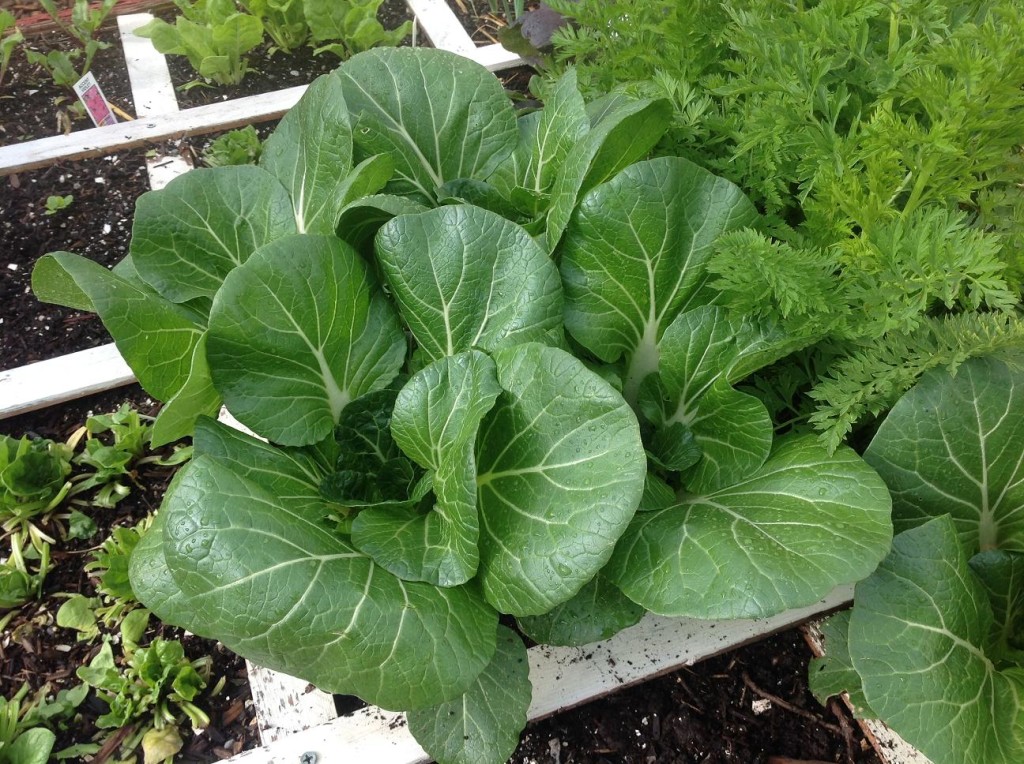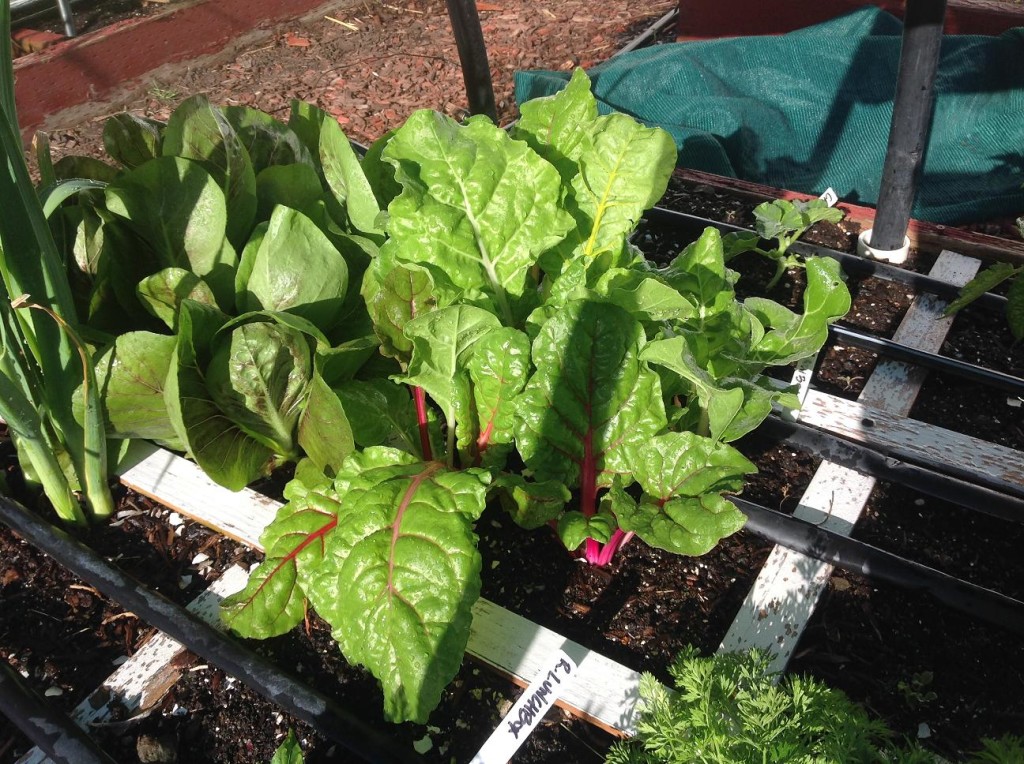 You sure do! If you’ve ever seen a raised bed without a grid it’s really nothing more than just that-a raised bed. Nothing sets it apart from the neighbor who also has a raised bed. But if you put a grid, all of a sudden you have to think differently. Instead of planting in rows like you’re used to doing, now you’re forced to plant something different in each 1 foot square. That’s the first reason you need a grid. The second reason-if you’re trying to imagine or come close to planting in squares by just eye-balling it, you’ll never get it right. You’ll be disappointed by the results. Third-it really does set your garden apart from just a raised bed. If you’ve ever seen a successful SFG, one of the first things you notice is the grid-“Oh, here’s a square foot gardener!” The last reason is something that many don’t even consider. It’s this: the grid is the gauge on how much compost you need to add when amending your soil whenever you change a crop. As an example, after pulling your spring crop of chard, you throw the wasted leaves in the compost pile. You then add not just 2 or 3 trowels full of compost, but rather enough until it reaches to top of the grid. This might be 5 or 6 trowels full of compost. Adding just 2 or 3 may not be enough. You can never get enough compost.
You sure do! If you’ve ever seen a raised bed without a grid it’s really nothing more than just that-a raised bed. Nothing sets it apart from the neighbor who also has a raised bed. But if you put a grid, all of a sudden you have to think differently. Instead of planting in rows like you’re used to doing, now you’re forced to plant something different in each 1 foot square. That’s the first reason you need a grid. The second reason-if you’re trying to imagine or come close to planting in squares by just eye-balling it, you’ll never get it right. You’ll be disappointed by the results. Third-it really does set your garden apart from just a raised bed. If you’ve ever seen a successful SFG, one of the first things you notice is the grid-“Oh, here’s a square foot gardener!” The last reason is something that many don’t even consider. It’s this: the grid is the gauge on how much compost you need to add when amending your soil whenever you change a crop. As an example, after pulling your spring crop of chard, you throw the wasted leaves in the compost pile. You then add not just 2 or 3 trowels full of compost, but rather enough until it reaches to top of the grid. This might be 5 or 6 trowels full of compost. Adding just 2 or 3 may not be enough. You can never get enough compost.
[ois skin=”below post”]

